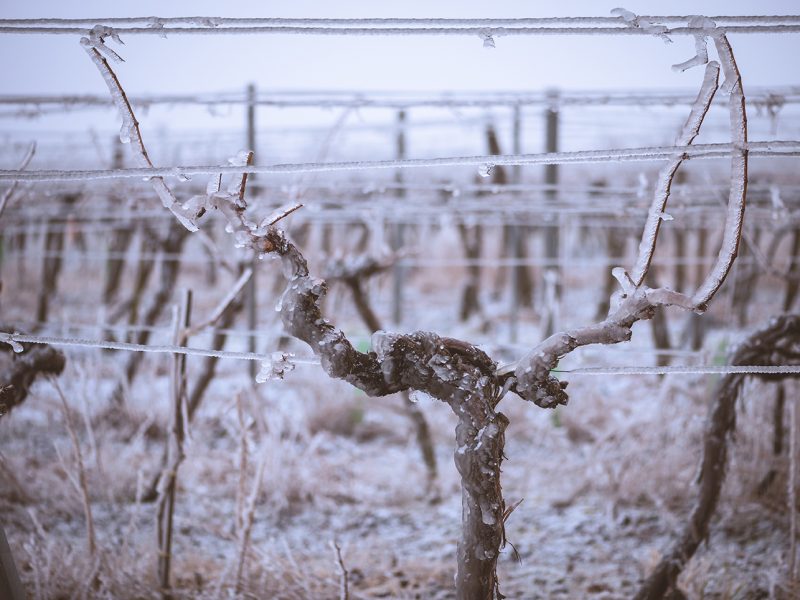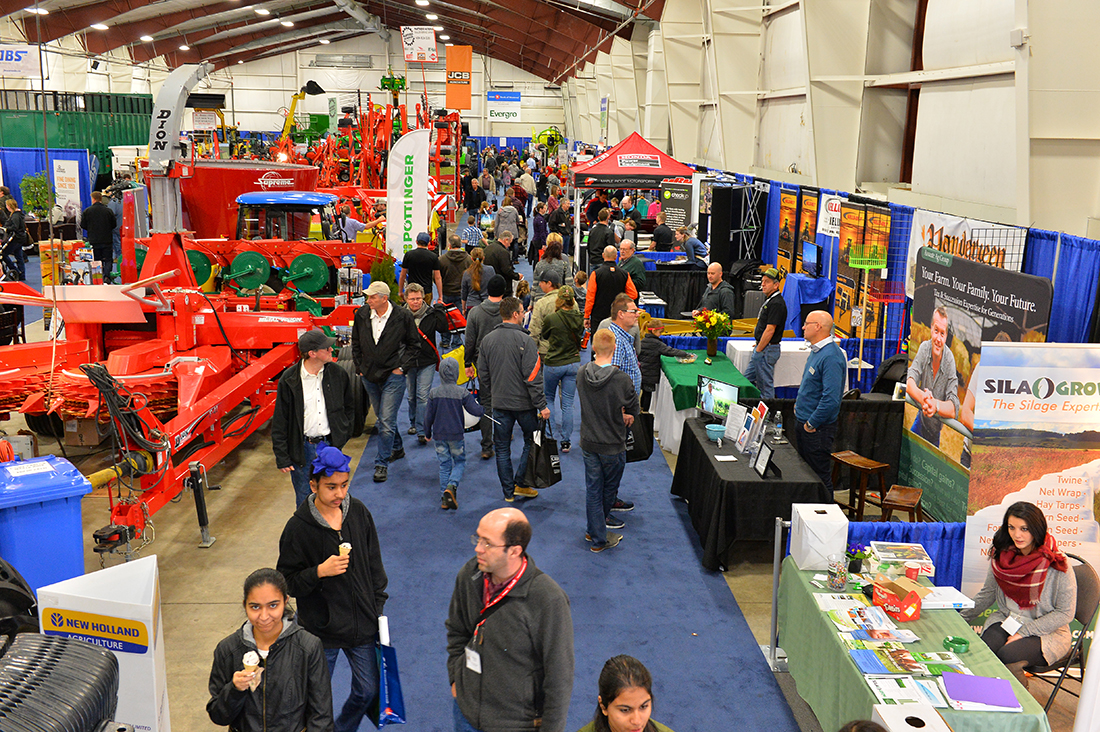The blast of cold air Okanagan vineyards experienced December 21 was a hot topic at this week’s Unified Wine and Grape Symposium in Sacramento, California.
The largest show devoted to viticulture and enology in North America, the conference included panels on vine resilience and winter damage – timely discussions following the severe frost event that affected vineyards in BC and Washington last month. Some growers in BC describe it as the worst frost event they’ve seen in their careers.
Dramatic photos of snow-covered vineyards in the Okanagan this past December by Summerland Research and Development Centre research scientist José Ramón Úrbez-Torres punctuated a morning session on vine resilience, and the theme was taken up by Washington State University researcher Markus Keller, who kicked off the cold hardiness discussion in the afternoon.
Keller gave valuable information on the determinants of vine hardiness, and underscored the challenges vines face over the winter.
Vine dormancy begins as the hours of daylight fall below 13 hours a day, Keller explains, and is the prerequisite for vines to become hardier. The process sees leaves fall off, cellulose seal the phloem and buds drain of water, their moisture content falling from 80% to less than 45%.
Once they’ve drained, hardiness sets in and is regulated by a dynamic relationship between sugars, which maintain hardiness, and starches, which mitigate it.
It’s the relationship between the two that partly explains why not all buds are equally affected by a cold snap, as well as the duration and intensity of the cold.
A wide diurnal change in temperature also interferes with vine acclimation. Pointing to the photos of snowy vineyards in BC, he noted that snow can reflect solar radiation that warms up the trunks of the grapevines and lead to a shift of at least nine degrees over the course of the day. This can make it harder for vines to stay acclimated to the air temperature.
“But sometimes it’s not the cold weather that kills the buds,” he points out. “Be careful what you call cold damage; it’s not always the same.”
He’s seen Syrah buds, particularly after a hot summer, with 40% of the buds dead, something most growers only discover when spring comes.
Of course, the net result is the same – few new buds at the start of the season, and the risk of a short crop.
To mitigate the issue, Keller encourages a cautious approach when it comes to pruning. Growers in BC often prune early, he said, whereas those in Washington prune in February, and then usually a prepruning that gives them time to assess the health of their vines.
He recommends delaying pruning, noting that even though it contributes to delayed budbreak, vines easily make up a three-week delay in budbreak over the course of the growing season. Delaying pruning is a small price to pay if it improves the final crop.
“Don’t be afraid to do something that looks a bit ugly in the vineyard; at least you’ll have a crop,” he says.


 Pilot helps UBCO’s Feed BC initiative grow
Pilot helps UBCO’s Feed BC initiative grow